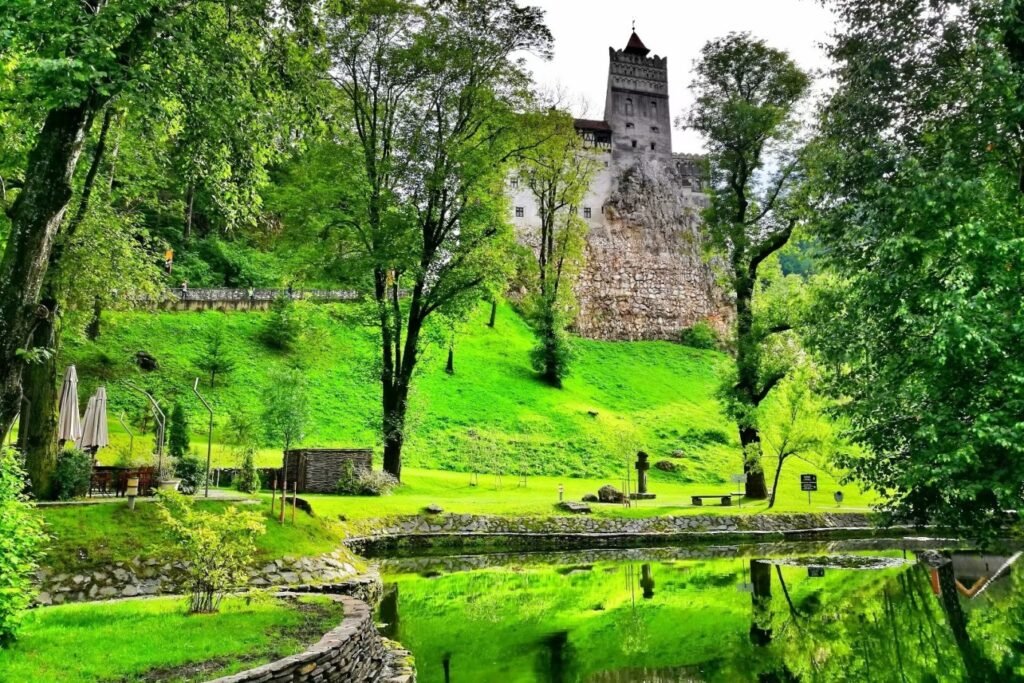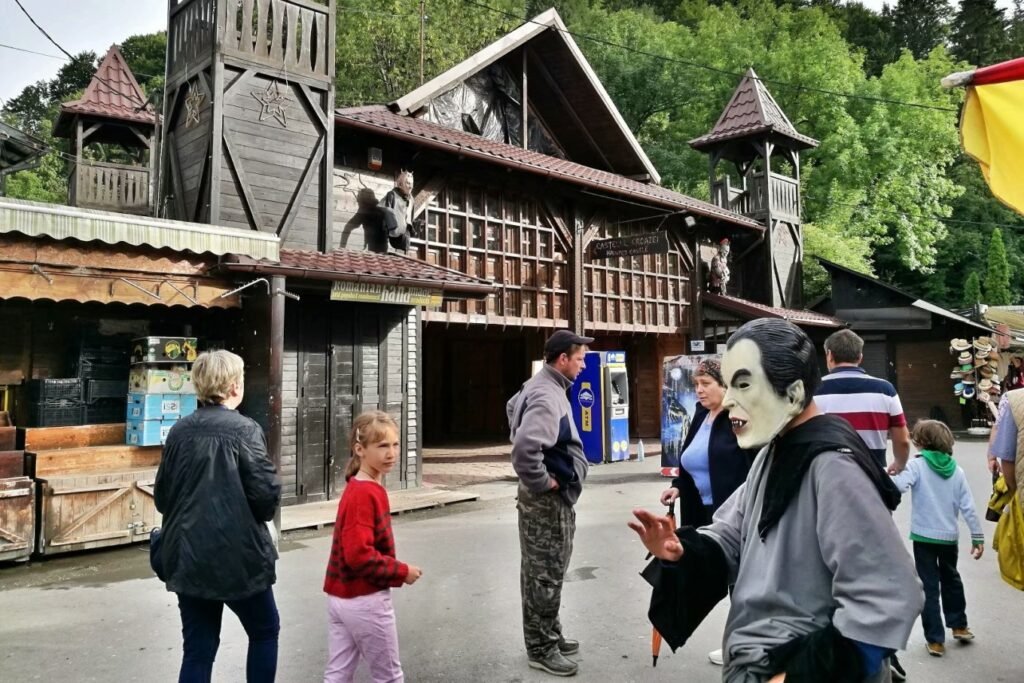Heading north from the historic town of Sinaia offers a true taste of the scenic Carpathian Mountains. As you travel further northwest, the landscape becomes increasingly breathtaking. This region marks the heart of the former Principality of Transylvania, known not only for its picturesque mountains and rivers but also for the infamous legend of vampires.
At the center of these tales is Bran Castle, widely associated with the vampire Dracula. The journey from Peleș Castle in Sinaia to Bran Castle covers about 50 kilometers, winding through lush greenery and curving mountain roads. The drive takes just over an hour, leading you to the charming village of Bran, where the mysterious allure of the castle awaits.
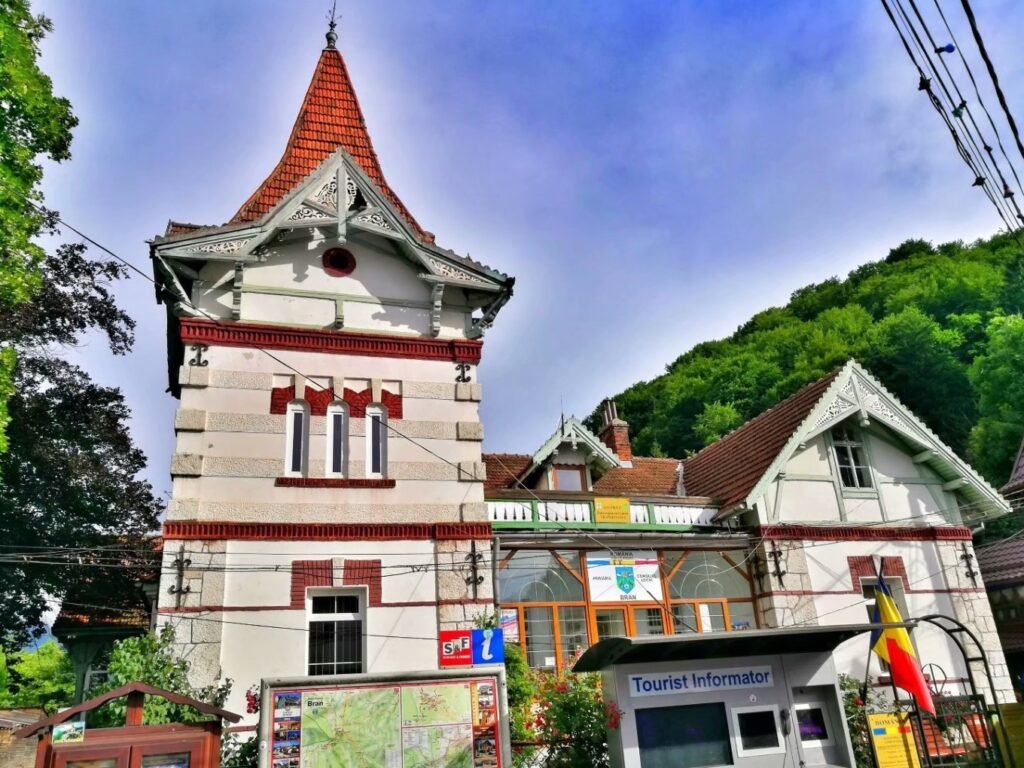
Though called a town, Bran is really just a single street. The Carpathian region is filled with small towns like this—clusters of old homes surrounding a castle. These castles and ruins are remnants of the Ottoman Empire or the Austro-Hungarian era, each bearing the scars of turbulent times. The traces left behind by historical figures, whether triumphant or tragic, are authentic parts of history. However, the story of Dracula does not fit this mold—it’s a fictional tale, though one deeply embedded in cultural folklore.
While the vampire Dracula is a product of imagination, there was indeed a real historical figure who inspired the legend: Vlad III Dracula, also known as Vlad the Impaler. A 15th-century Wallachian nobleman, he was not a blood-sucking creature but a ruthless warlord notorious for his cruelty. His most infamous method of punishment was impalement—driving wooden stakes through the bodies of prisoners from bottom to top, leaving them to die slowly in excruciating pain. Thousands met this gruesome fate, and Vlad took pride in these brutal acts, using them as a warning to his enemies. This earned him the chilling nickname “Vlad the Impaler.”
At the time Vlad ruled Wallachia, Romania as we know it did not exist. The region was caught in the middle of a fierce power struggle between the Hungarian Kingdom and the Ottoman Empire. Vlad was forced to defend against attacks from both sides, often trying to balance between them, though he spent much of his life under their control. He was even imprisoned by the Hungarians for 12 years and eventually met a violent end, assassinated and left without a proper burial.
Vlad’s life was a bloody tragedy, defined by war, betrayal, and cruelty. Given the darkness surrounding his story, it’s not surprising that he became the inspiration for the fictional vampire Dracula. In that sense, the transformation of his brutal legacy into gothic fiction doesn’t feel entirely unjustified.
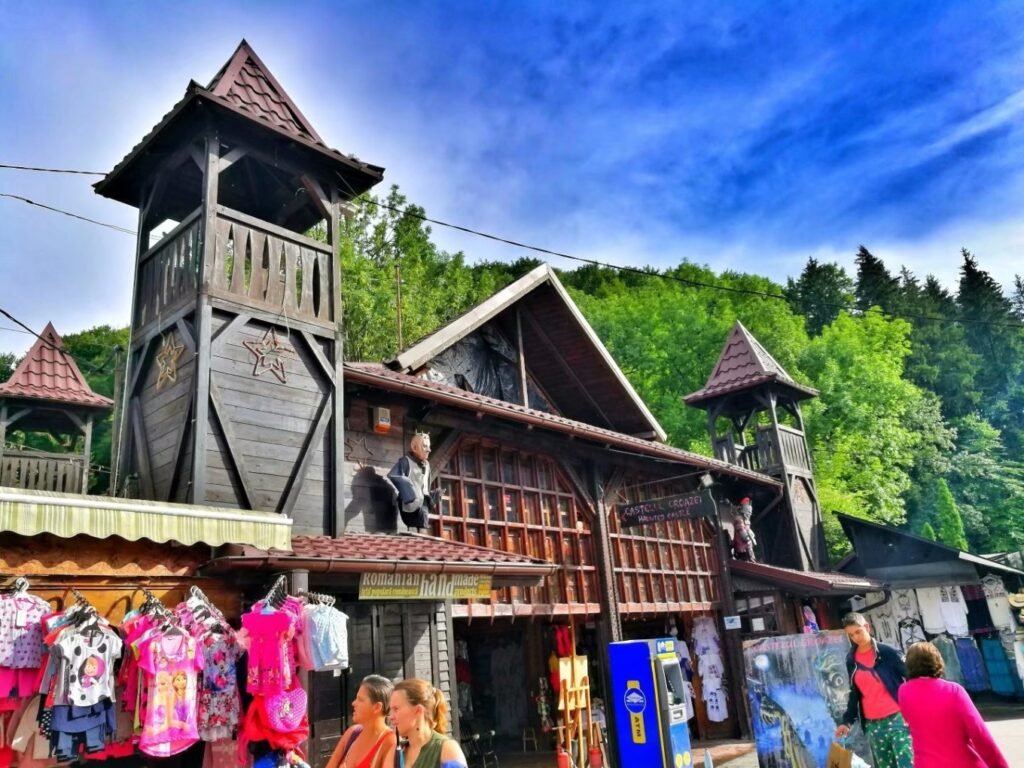
Walking through the streets of the small town toward the castle at the foot of the hill, you’ll find the 100-meter stretch lined with all sorts of shops. These bustling stalls are packed with a dizzying variety of goods, almost all centered around vampire-themed souvenirs. While the items may not be particularly captivating, the enthusiastic sellers do their best to attract customers, some even dressing up as vampires to create a lively and festive atmosphere.
The cheerful hustle and bustle of the street stands in stark contrast to the dark, eerie world of vampires portrayed in novels and films. Rather than a land shrouded in gloom and terror, the town offers an energetic and playful vibe, transforming the legend of Dracula into a light-hearted tourist experience.
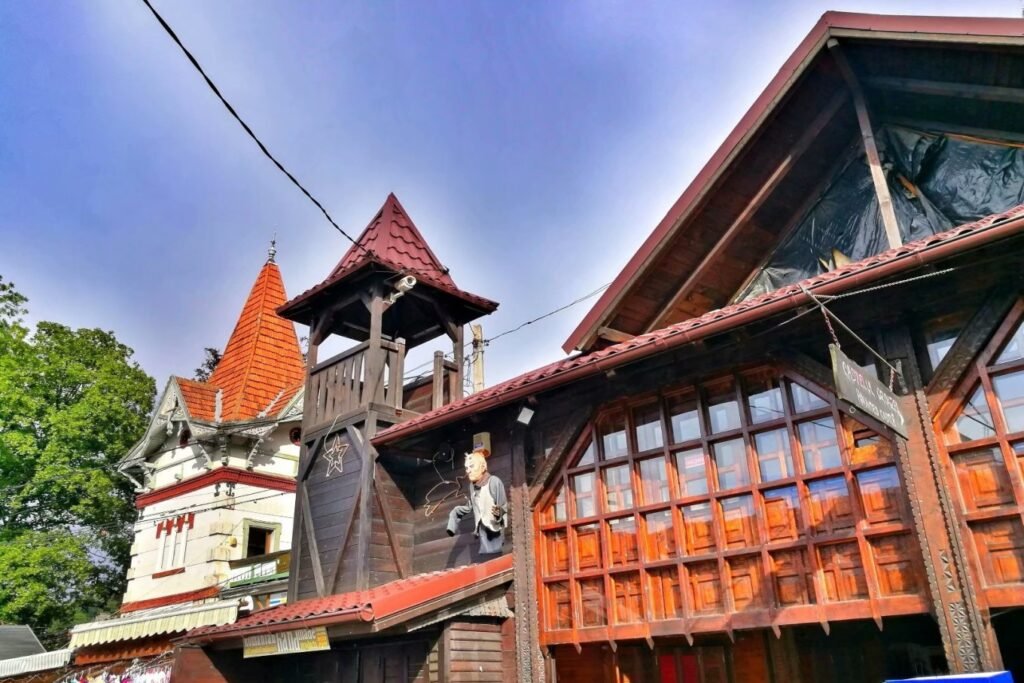
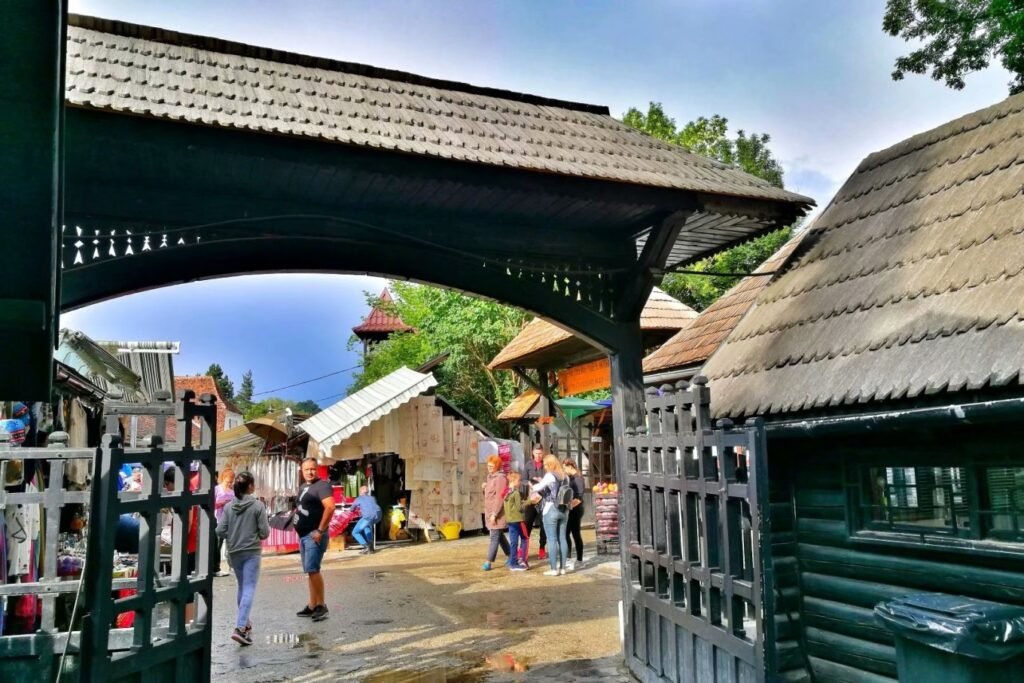
At the end of the town, a narrow path along the base of the hill leads to the foot of the “vampire” castle. Perched atop a steep slope, the castle looms above impressively. Legend has it that, in the past, the castle had no steps or main gate, and the only way to enter or exit was by climbing rope ladders that were lowered from above.
Today, however, visitors can ascend comfortably on broad stone steps leading directly into the castle. In the daylight, the fortress looks grand and imposing, standing tall beneath the clear blue sky and fluffy white clouds. Far from the dark, menacing atmosphere often depicted in vampire lore, the castle in the bright sunlight feels open and majestic, with no trace of the eerie or sinister shadows associated with Dracula.
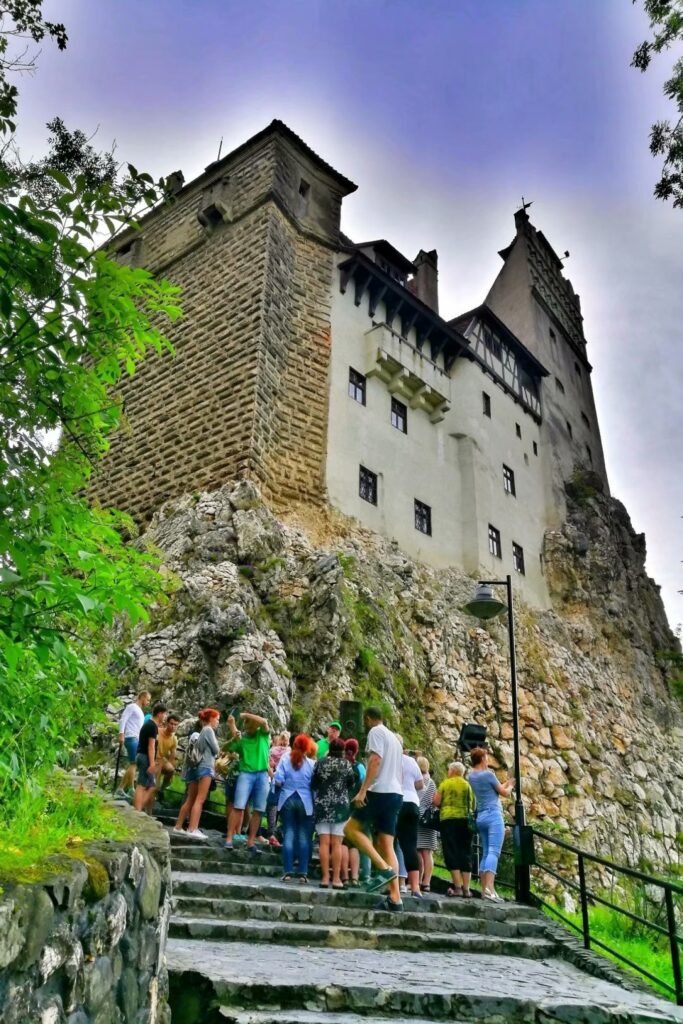
In reality, Bran Castle has little connection with the legendary vampire Dracula. Instead, it is far more closely associated with Queen Marie of Romania, a prominent historical figure often referred to as the “Mother-in-Law of the Balkans.” Queen Marie once lived in the castle for an extended period, and today, the interior has been largely restored to reflect how it looked during her time there. The castle now functions as a museum dedicated to her, showcasing personal belongings, collections, and artworks related to her life. Aside from a few exhibits aimed at entertaining tourists with vampire-themed imagery, there is little reference to Dracula throughout the castle.
While Queen Marie may not be widely known today, her grandmother was none other than the famous Queen Victoria of the United Kingdom. At just 17, Marie married Ferdinand I, who was then the crown prince of Romania. Throughout her life, she played a crucial role in supporting her husband, whose weak character made him reliant on her for matters of state. She managed both domestic affairs and foreign relations with great skill, earning respect for the monarchy and winning the admiration of the Romanian people.
Bran Castle itself was a gift from King Ferdinand to Queen Marie for her birthday, and it quickly became one of her favorite residences. She brought in designers from abroad to renovate and redecorate the castle to her tastes, giving it a new charm inside and out. Today, visitors can see traces of her presence throughout the castle, with many rooms and exhibits offering a glimpse into the life and times of this remarkable queen.
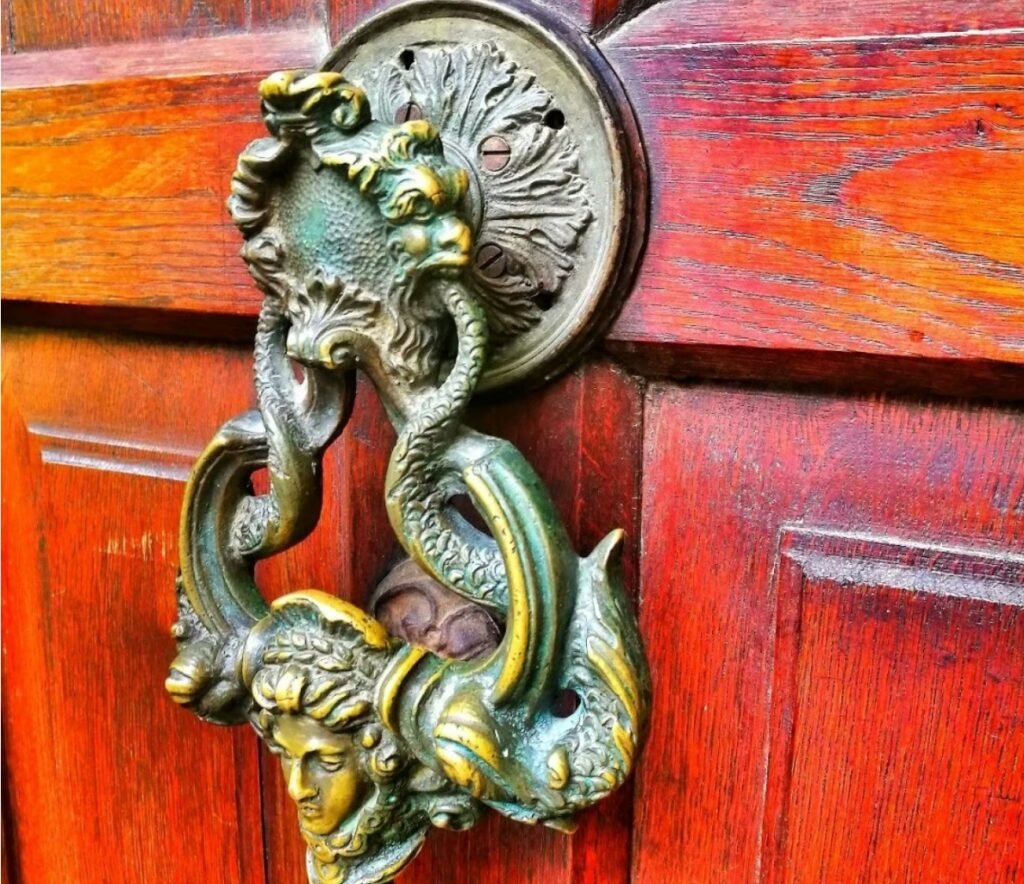
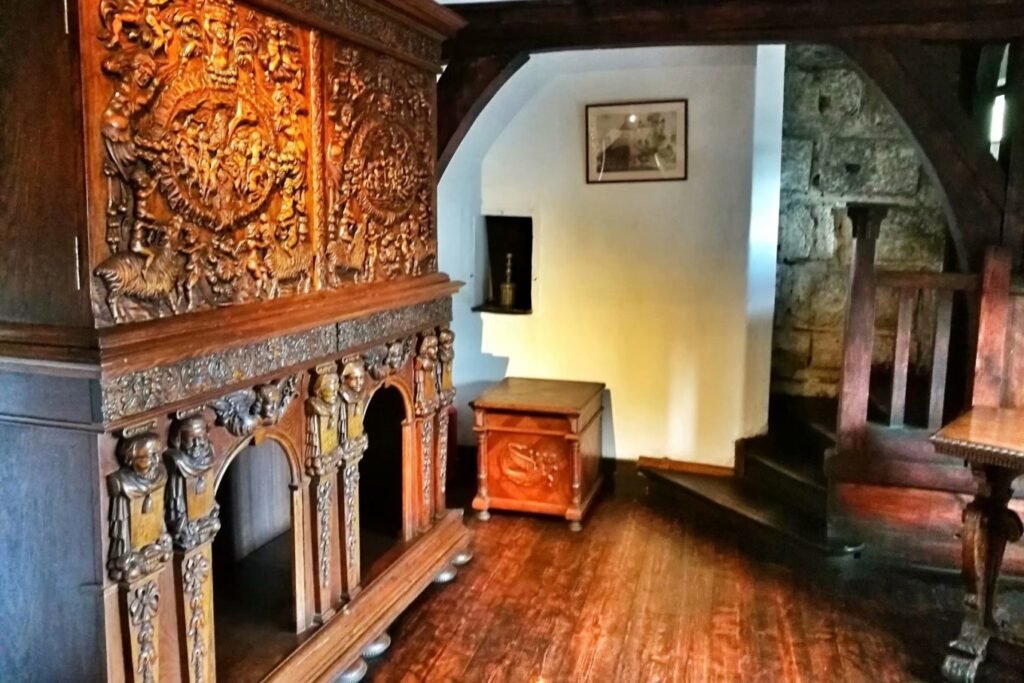
In one corner of the castle, there is a portrait of Dracula along with a brief introduction to his life.
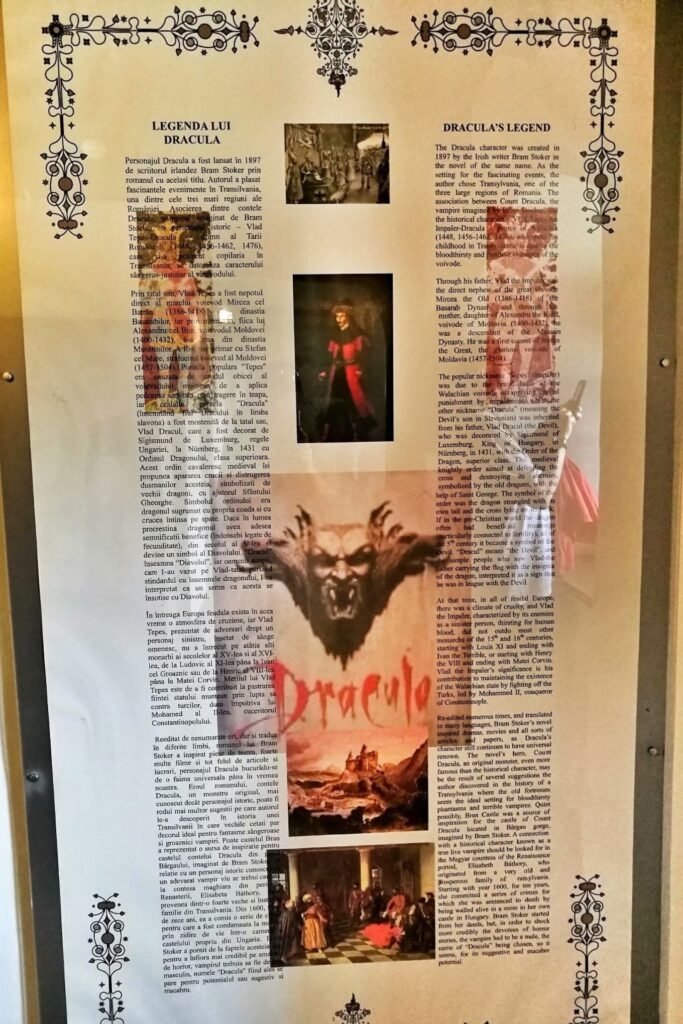
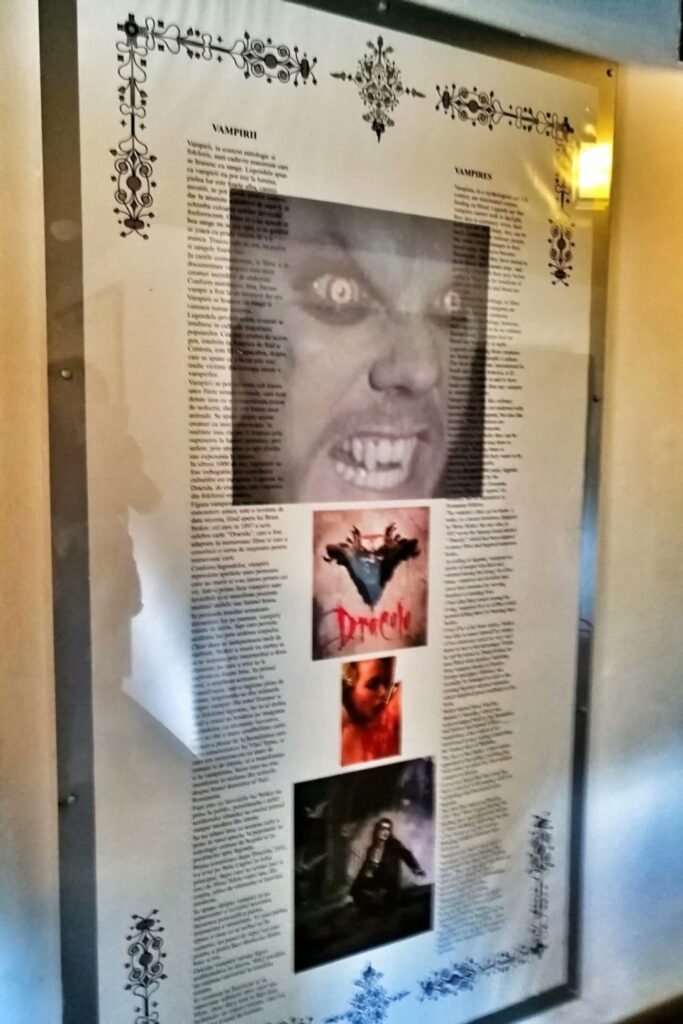
Bran Castle was once Queen Marie’s favorite residence, which she later gifted to her beloved daughter, Princess Ileana. During Romania’s socialist period in 1948, the castle was nationalized. It wasn’t until September 2005 that Romania returned the castle to Ileana’s son, Dominic Habsburg, who had become an American citizen. The castle reopened to the public in 2007.
